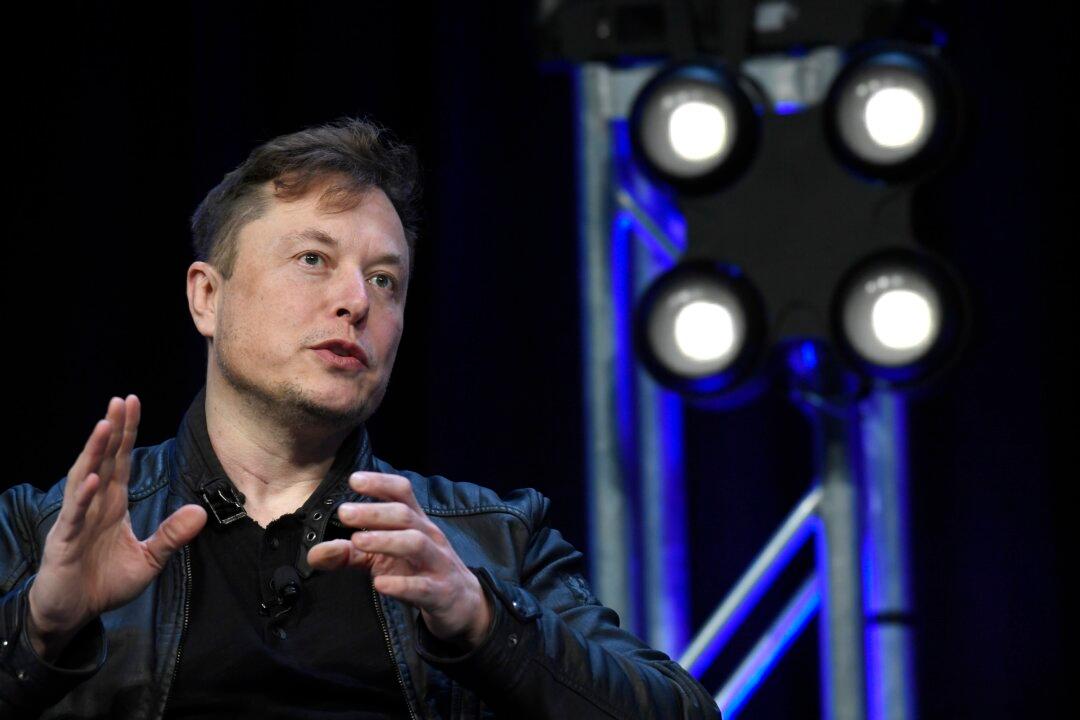Twitter CEO Elon Musk has pointed to a little-known government agency as the “worst offender” in terms of U.S. government censorship and media manipulation, alleging that it flagged Twitter accounts for suppression based on dubious criteria like promoting the lab leak theory of COVID-19 origins.
In a series of tweets on Tuesday, Musk named the U.S. State Department’s Global Engagement Center (GEC) as a “threat to our democracy” and pointed to independent journalist Matt Taibbi’s extensive Jan. 3 thread that delves into the agency’s interactions with Twitter on content censorship.





